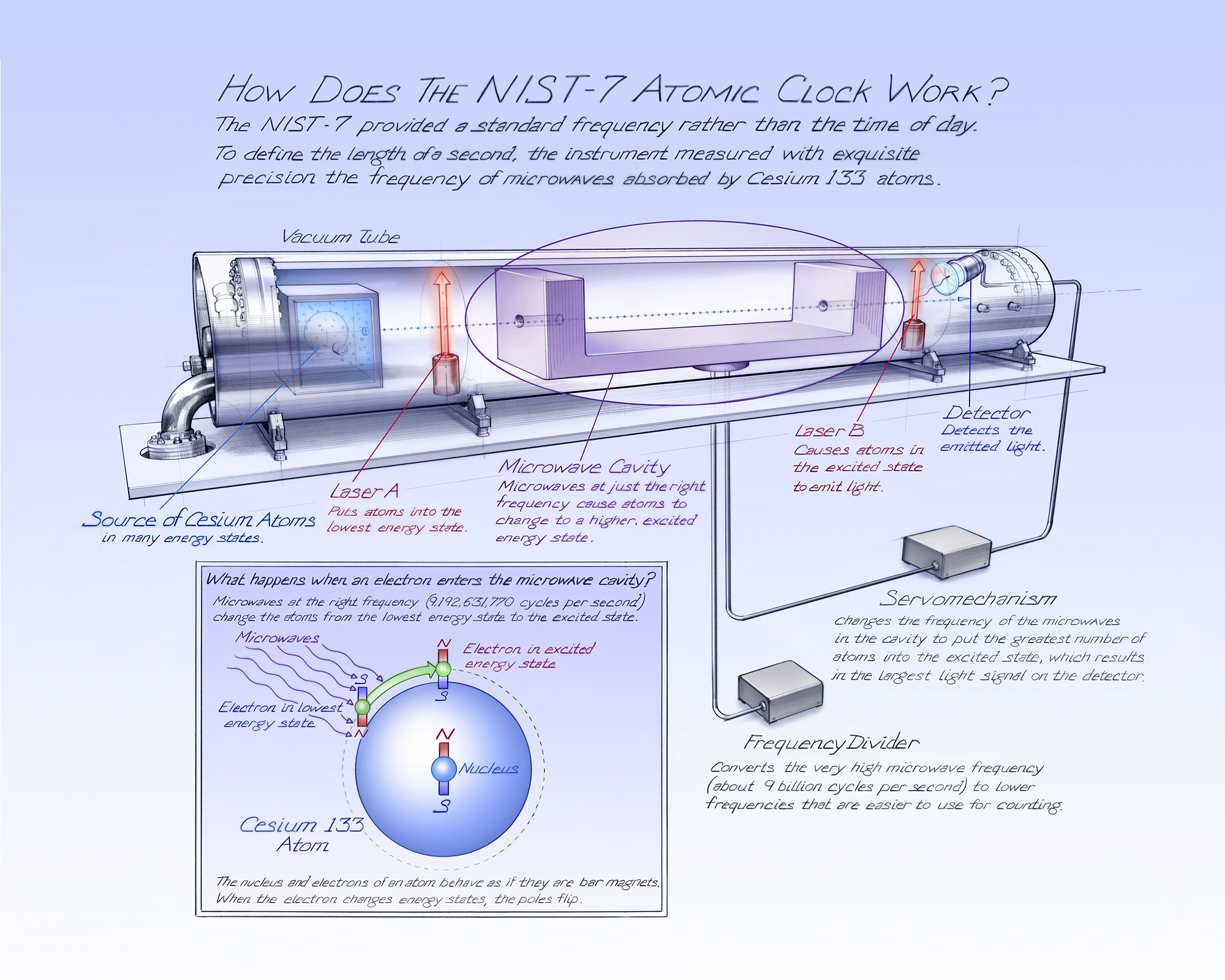| Isotope | Atomic mass (Da) | Isotopic abundance (amount fraction) |
|---|---|---|
| 133Cs | 132.905 451 96(6) | 1 |
Cesium-133 is naturally occuring and is stable(2). Cesium-112 through 132 and 134 through 148 are artificially produced and are radioactive(2). CRC Handbook of Chemistry and Physics 86th Edition 2005-2006, Chart of the nuclides /and/ information booklet 16th ed.
Cesium 133 Half Life
- Cesium (Cs, atomic number 55, in group 1 of the periodic table of elements, standard atomic weight 132.9, density 1.9 g/cm 3, occurring as Ce + in chemical compounds) has 40 known isotopes with atomic masses from 112 to 151. Only 133 Cs is stable.
- Here was have something else entirely, the Bathys Cesium 133, which actually contains a microchip housing a tiny atomic clock in the watch itself. This is a world first, and while the Cesium 133 is still in prototype stages, the makers are selling the first 10 pieces via Kickstarter as a way to get the watch into production. It pushes accuracy.
- Bathys promises that the Cesium 133 will be produced first as a limited edition of 20 watches in 2014, with more watches to perhaps come later. The projected price of each Bathys Cesium 133 atomic clock watch is $12,000.
- The only stable caesium isotope is 133 Cs, with 78 neutrons. Although it has a large nuclear spin (7 2 +), nuclear magnetic resonance studies can use this isotope at a resonating frequency of 11.7 MHz. Decay of caesium-137.

Caesium is a monoisotopic element and its atomic weight is determined solely by its isotope 133Cs. The Commission last revised the standard atomic weight of caesium in 2013 based on the latest Atomic Mass Evaluation by IUPAP.

© IUPAC 2003
CIAAW
Caesium
Ar(Cs) = 132.905 451 96(6) since 2013
The name derives from the Latin caesius for 'sky blue', which was the colour of the caesium linein the spectroscope. Caesium was discovered by the German chemist Robert Wilhelm Bunsen and the Germanphysicist Gustav Robert Kirchhoff in 1860. It was first isolated by the German chemist Carl Setterbergin 1882.
Cesium 133 Half-life
